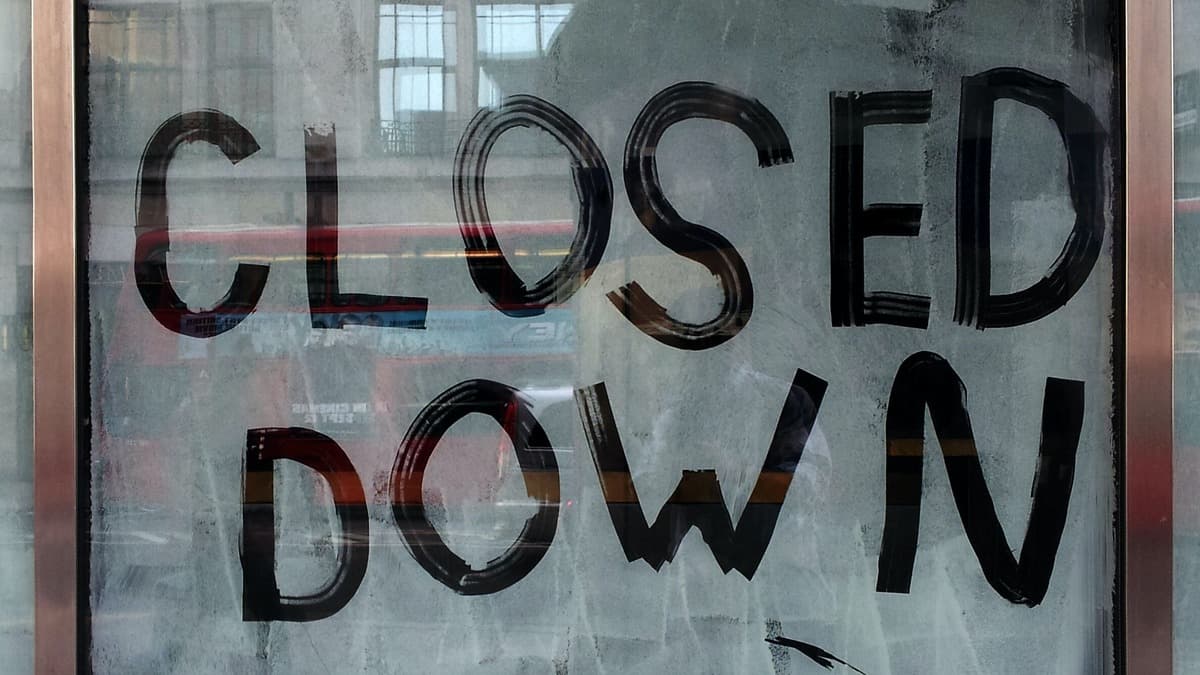New data analysis conducted by KPMG has uncovered a 51% surge in the number of ‘zombie companies’ listed on the ASX in the past half-year.
This increase has seen the count climb from 84 in May to 127 companies today. Typically, companies earn the ‘zombie’ label when they display signs of prolonged financial distress.
Gayle Dickerson, the Head of Turnaround and Restructuring Services at KPMG, attributes this growth to the current interest rate tightening cycle and an inflationary environment causing mounting input costs. For companies unable to pass these costs on to consumers, their margins are eroding, placing substantial pressure on their cashflow.
The total market capitalization for these ‘zombie’ companies has surged by 82% since May, from $1.7 billion to over $3 billion today, driven by both increased numbers and larger companies.
Two sectors experiencing the highest growth in ‘zombie companies’ are Raw Materials & Natural Resources (an increase of 24) and Technology & Telecommunications (an increase of 6). Gayle Dickerson notes that these sectors also face challenges in raising capital due to equity capital market volatility.
However, certain sectors, such as Financial Services, Trading companies & distributors, Utilities, REITS, and Aerospace & Defence, remain unaffected, with zero ‘zombie companies.’
Dickerson highlights warning signs of a company nearing ‘zombification,’ including imminent loan covenant breaches, efforts to manage supplier payments to maintain cashflow, significant tax arrears, or a substantial portion of debt maturing soon while underperforming.
In challenging economic times, Dickerson advises that companies have several avenues to help them regain financial stability. Alternative credit and capital providers are now available outside of traditional banks, offering different perspectives on risk and business valuation. The introduction of the Safe Harbour legislation in 2017 also provides directors with more time to explore solutions outside of a formal insolvency process.”
Keep up to date with our stories on LinkedIn, Twitter, Facebook and Instagram.

